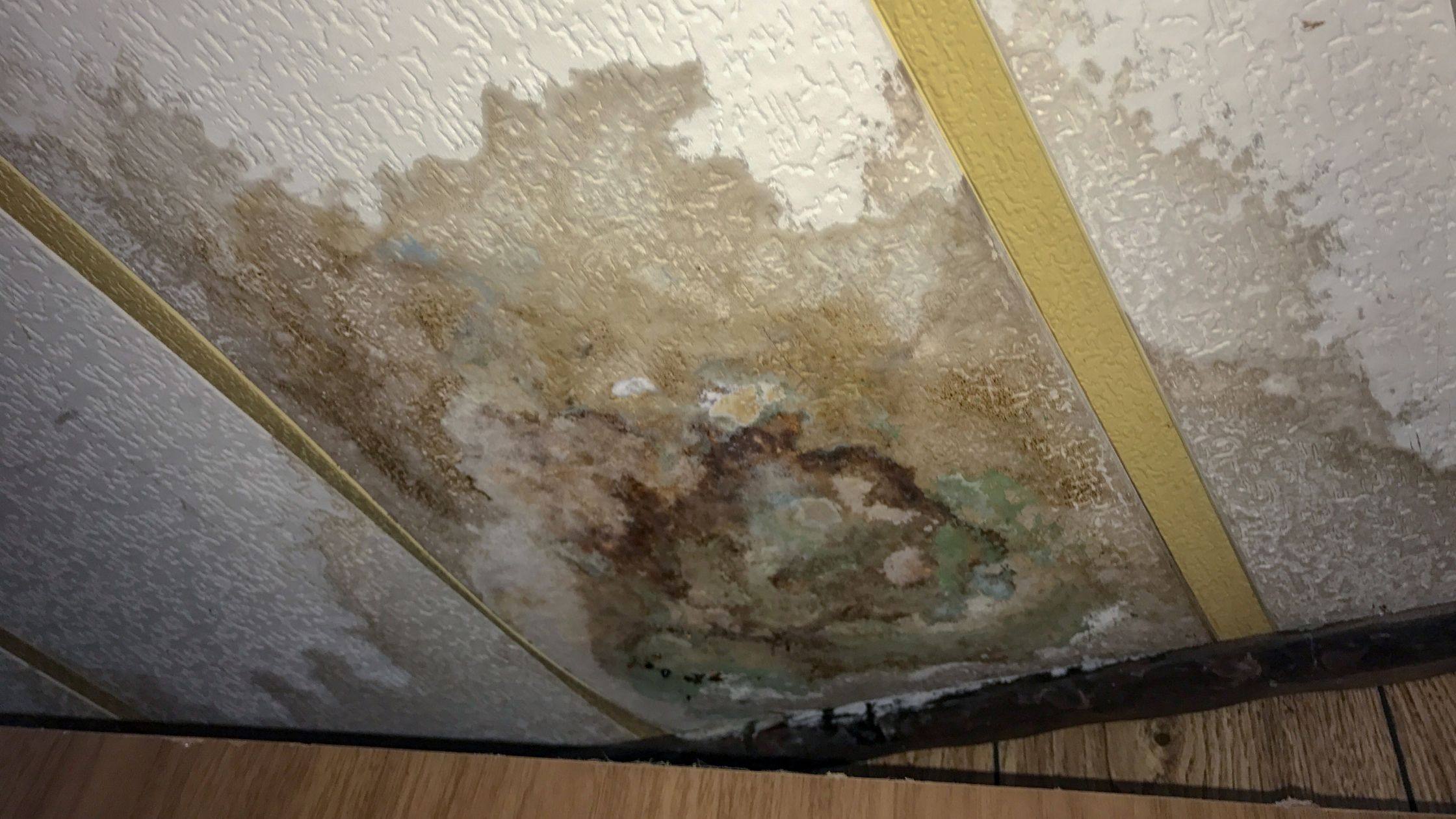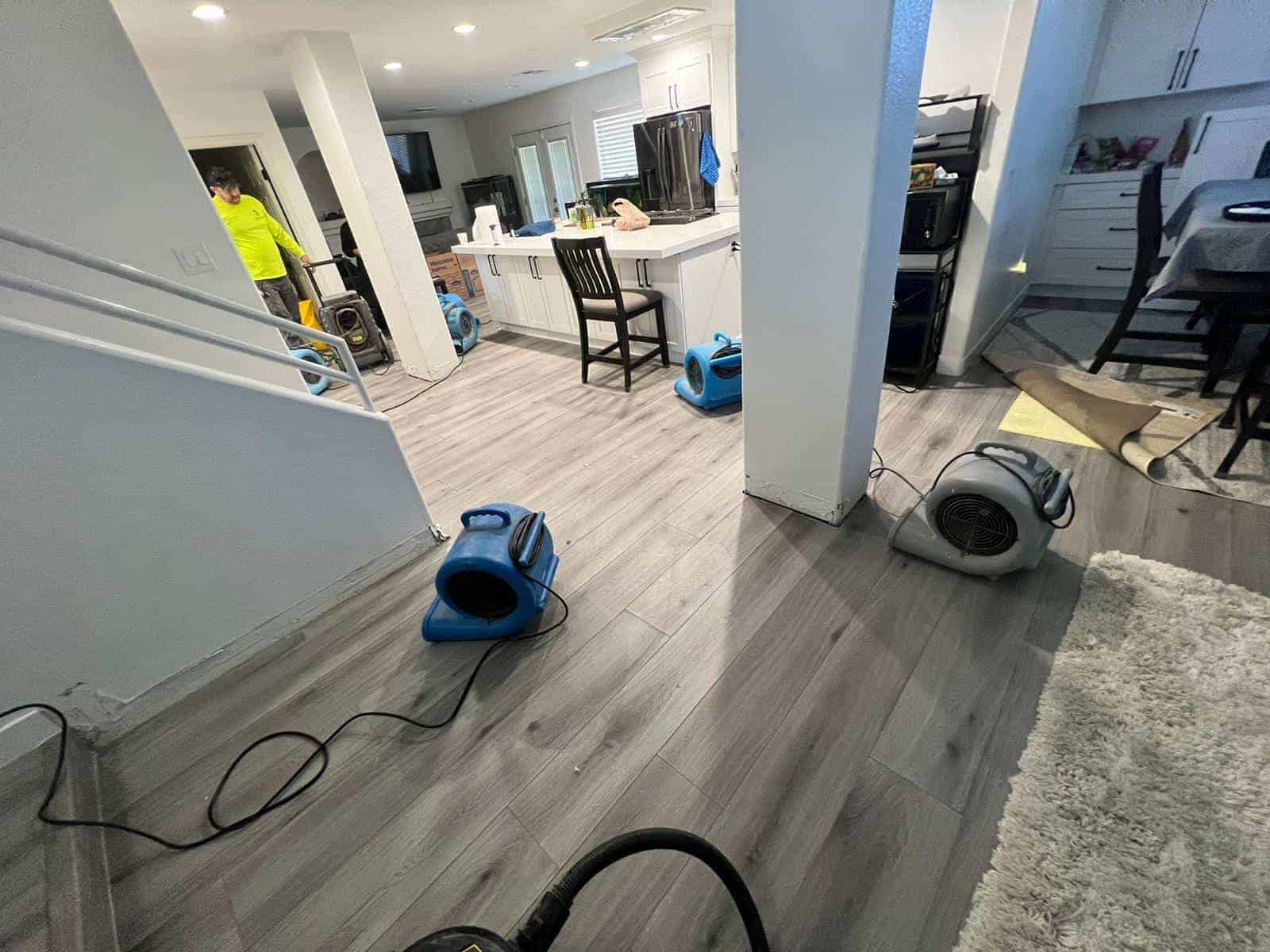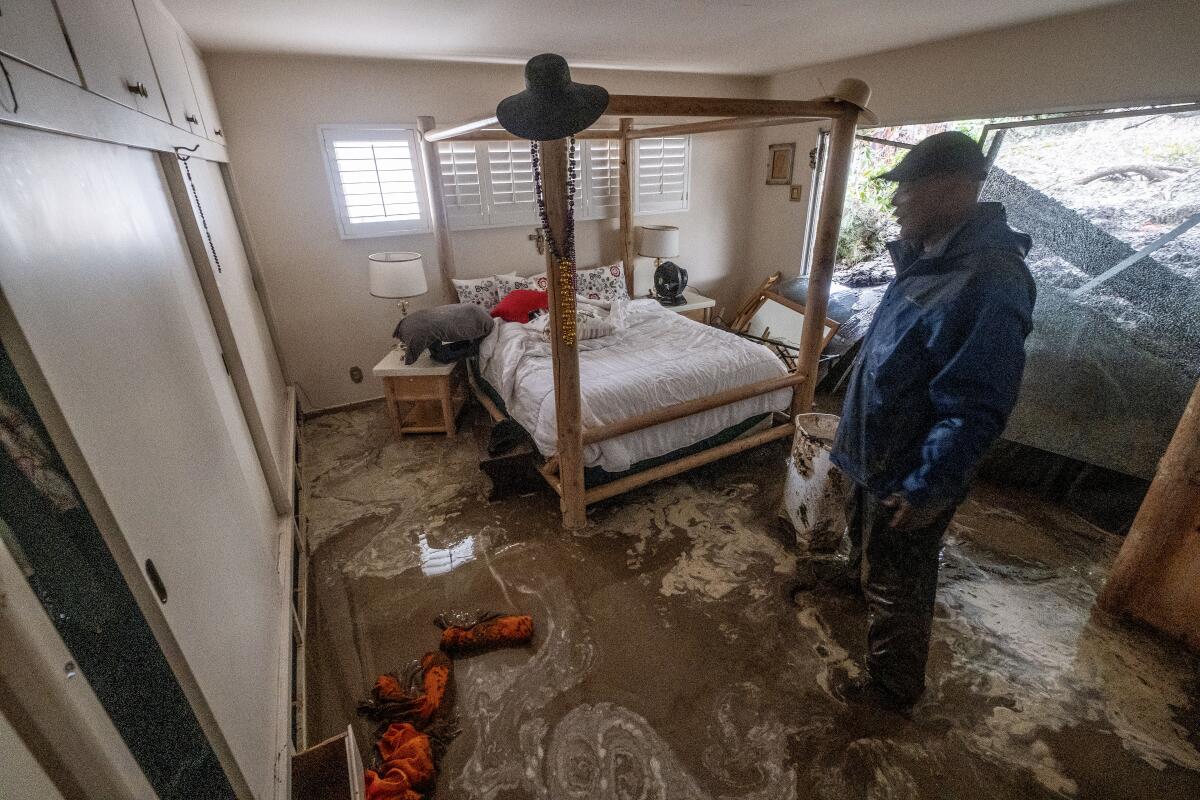The Refine of Water Damage Cleaning: Ensuring Your Home Is Restored Effectively
Water damages can be a complicated obstacle for homeowners, necessitating a thorough and structured cleaning process to restore safety and performance. At first, a thorough analysis is critical to identify the extent of the damage and establish the proper remediation procedures. Following this, reliable water removal strategies play an essential function in mitigating further damage. However, the nuances of drying out, sanitizing, and ultimate restoration are similarly important and typically overlooked. Understanding these stages can make a significant difference in the end result of your home's restoration, triggering a closer consider what each action entails.
Analyzing the Damages
Upon uncovering water damage, the primary step is to thoroughly assess the extent of the influence. This preliminary assessment is important, as it assists identify the necessary steps for efficient clean-up and remediation. Begin by inspecting the influenced locations, consisting of wall surfaces, ceilings, floorings, and personal possessions, to determine the source of the water invasion, whether from flooding, leaks, or condensation.
Recording the damage is essential for both insurance claims and intending repair initiatives - damage restoration services. Use pictures and composed notes to capture the extent of the damages, keeping in mind any affected architectural components and materials. Pay special interest to areas that might not be instantly noticeable, such as behind walls and under carpetings, as concealed dampness can cause additional issues, consisting of mold growth
Additionally, analyze the timeline of the water direct exposure. Eventually, a comprehensive evaluation lays the groundwork for a successful water damages clean-up procedure, making sure that all influenced locations are attended to effectively and extensively.
Water Extraction Methods

Specialists typically employ submersible pumps for bigger quantities of water, which can promptly relieve flooding in basements or other impacted locations. For smaller sized quantities, wet/dry vacuums are often made use of to extract residual moisture from carpets and tough surfaces. In addition, using portable extractors enables targeted removal in confined spaces or locations with fragile products.
In instances of infected water, such as sewer or floodwater, advanced extraction strategies might include using biohazard devices to make certain safety and security and compliance with health and wellness guidelines. High-powered removal devices are crucial in minimizing water retention in architectural products, which can lead to mold and mildew growth and architectural damage if not dealt with quickly.
Inevitably, the performance of water removal strategies plays an essential duty in the overall success of the water damage clean-up procedure, laying the foundation for succeeding remediation initiatives.
Drying and Dehumidification
Once standing water has actually been properly drawn out, the following essential phase in the water damages cleaning procedure is drying out and dehumidification. This step is vital to stop further damage and mold growth, which can take place within 24 to 2 days in moist atmospheres.
To accomplish reliable drying out, specific devices such as industrial-grade air movers and dehumidifiers is sewage damage cleanup utilized. Air moving companies flow air throughout wet surfaces, enhancing dissipation prices, while dehumidifiers minimize moisture degrees in the air, advertising a favorable atmosphere for drying. The combination of these devices ensures that dampness is extracted from furnishings, floorings, and walls, permitting them to dry extensively.
It is necessary to keep track of the drying procedure very closely. Specialists commonly use dampness meters to evaluate the moisture material in numerous materials, ensuring that all impacted areas get to appropriate dryness degrees. This meticulous technique helps to stop concealed dampness pockets that can result in architectural damages or unhealthy mold growth.

Cleansing and Sanitizing
After the drying out and dehumidification stage is complete, the next crucial action in water damages cleaning is cleansing and sanitizing the affected locations. This process is essential to avoid the development of mold, germs, and other virus that prosper in wet atmospheres.
The cleansing phase normally involves eliminating any particles, dirt, and impurities from surfaces utilizing specialized cleansing representatives. For hard surfaces, a mix of soap and water or industrial cleaning products is often used. Soft products, such as furniture and rugs, may require extra substantial cleaning techniques, consisting of steam cleansing or deep extraction techniques, to ensure complete cleanliness.

Sanitizing follows cleaning, utilizing EPA-approved anti-bacterials to get rid of harmful microorganisms. This action is vital, particularly in locations that may have entered into call with floodwaters or sewage, as these resources can present serious health threats.
In addition, it is essential to attend to any type of continuing to be odors, which may require making use of odor neutralizers or advanced methods like ozone treatment. Appropriate cleaning and sanitizing not just recover the safety and security and hygiene of your home yet also prepared for successful reconstruction and repairs in subsequent phases of the water damages clean-up procedure.
Reconstruction and Repair Services

Once the analysis is complete, Learn More Here remediation efforts can begin. This generally involves repairing or replacing damaged materials, making sure that all work conforms with local building regulations and standards. If drywall has actually been jeopardized, it will certainly need to be gotten rid of and replaced with new material. Furthermore, floor covering may need similar attention, depending upon the degree of water exposure.
It is vital to engage knowledgeable restoration experts during this procedure, as they possess the experience to manage complex fixings successfully. They can assist minimize potential future issues, such as mold development or structural instability, therefore ensuring a habitable and secure living atmosphere. Ultimately, effective reconstruction and repair work bring back the home's honesty and improve its overall worth.
Conclusion
In final thought, the procedure of water damage cleanup is vital for restoring a home to its pre-damage condition. Each stage, from analyzing the damage to executing effective water removal methods, complied with by thorough drying out, sanitizing, and needed fixings, plays an essential function in guaranteeing security and compliance with structure requirements. Effective implementation of these actions not just minimizes immediate damage but likewise enhances the long-term integrity and value of the residential property.
Water damages can be an overwhelming challenge for house owners, necessitating a thorough and structured clean-up process to recover safety and security and performance. Inevitably, a thorough assessment lays the groundwork for a successful water damages cleaning process, ensuring that all affected locations are dealt with properly and extensively.
Reliable water extraction strategies are essential in mitigating damage and preventing additional issues complying with a water invasion occasion.In conclusion, the procedure of water damage cleanup is important for restoring a home to its pre-damage condition. Each phase, from assessing the damages to executing efficient water removal techniques, complied with by thorough drying, sanitizing, and needed repairs, plays a vital role in guaranteeing security and conformity with building criteria.
Comments on “Experienced Water Mitigation Company Offering Comprehensive Water Damage Solutions”